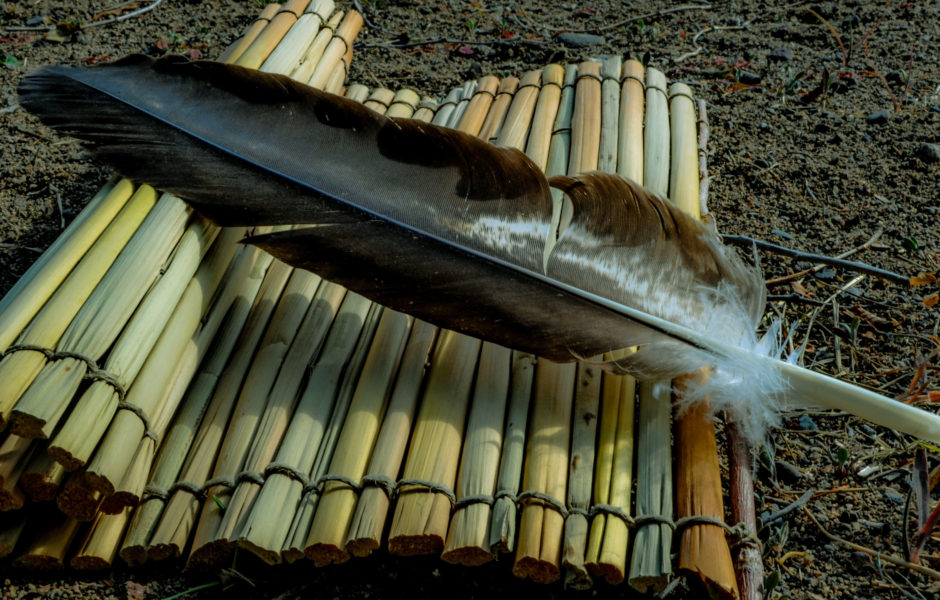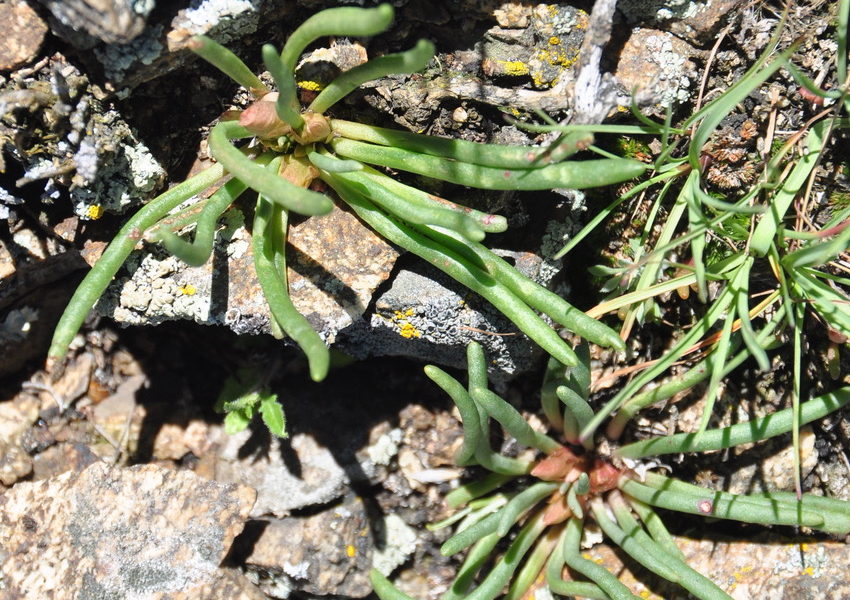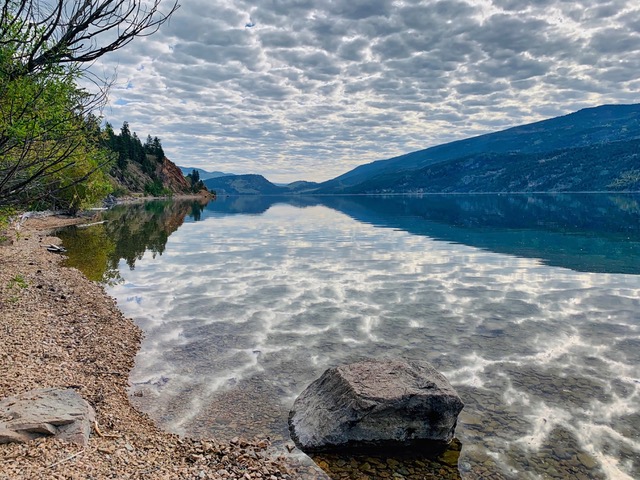

Indigenous Culture
The Okanagan Indigenous People’s nysyilxcn name for the trail route is xwił iʔ sw̓kʷnaʔqin, meaning ‘road – of the – Okanagan People’.
Long before we used this beautiful route for recreation or transportation, the syilx Okanagan people occupied and used this area for hunting, fishing, gathering, social and ceremonial purposes.
The Indigenous Okanagan People cared for the lands and developed language, protocols, customs and stories tied to the land. Your trip along the rail trail will offer an opportunity to take a brief glimpse into the rich heritage of traditional activities, like methods of fishing for kickanee. Over time as the trail is developed, you will also see the contemporary expression of the culture of the Okanagan Indian Band.

The Changing Landscape
As fur traders, miners, cattle ranchers, and fruit growers saw the opportunity in the beautiful Okanagan valley, the landscape changed much more quickly. The rail line, now the route of the Okanagan Rail Trail, was constructed in the early 1900’s, and played an important role in transport of fruit crops and other goods. In recent decades, the population of the Okanagan Valley grew very quickly, putting pressure on our dry ecosystems and water resources.
As we work to address and adapt to challenges like climate change, species at risk, and invasive plants, we invite residents and visitors alike to join us in adopting the Syilx indigenous principle to take care of the land so that the land will take care of us.
Photo credits: Gatzke Orchard, Ruby Alexis, Tom Skinner, Debbie Clarke, Morey Walker
Trail Etiquette and Giving Back
The Okanagan Rail Trail is a place of legacy, connections, discovery and enjoyment. Every person who uses or appreciates the trail has the opportunity to be a friend to the trail – to use the trail respectfully, and to give back to make the trail the best it can be.
